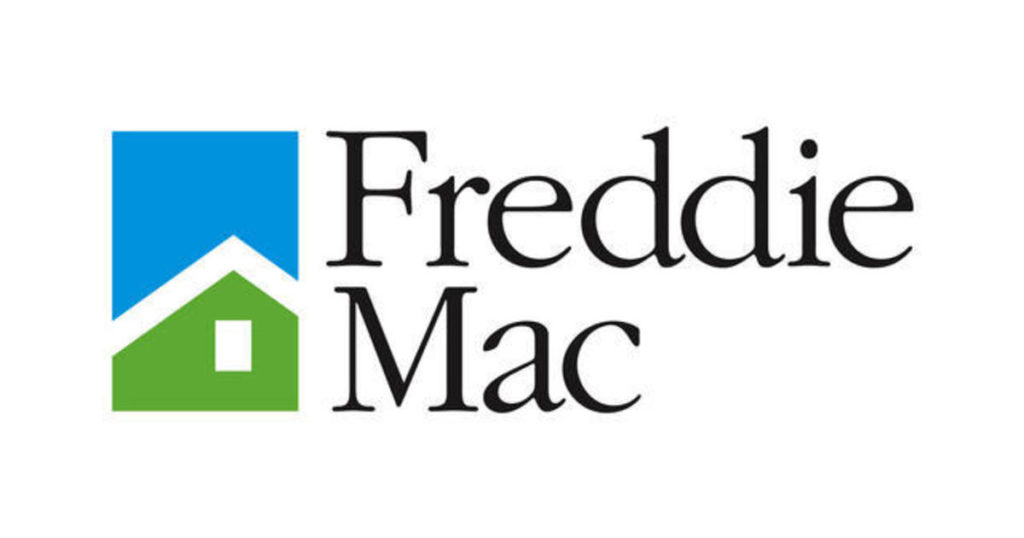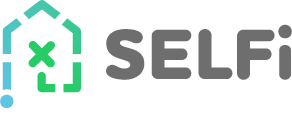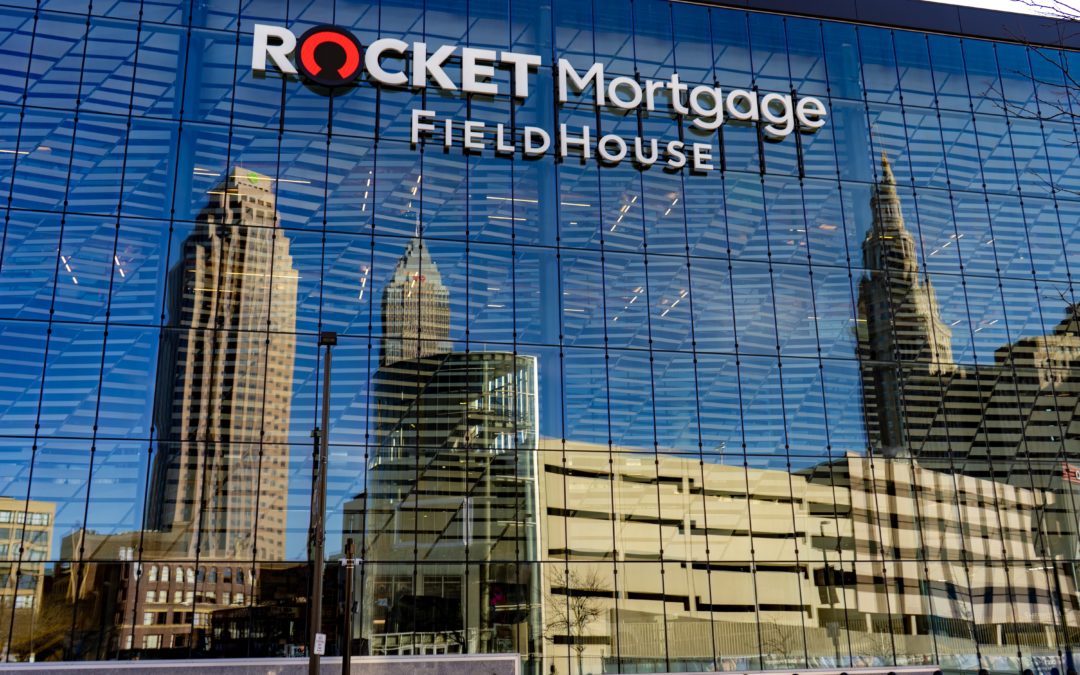The housing market is hot throughout much of the country right now and interest rates are low, which makes it a prime time to buy a house or refinance your mortgage. But when confronted with the myriad choices—whether you are a seasoned homeowner or a new buyer—the wide range of mortgage rates among different companies can be overwhelming. Whether the rates you’re seeing are from banks you know well or lenders you’ve never heard of, it can be hard to tell which deals are best and which may just be too good to be true.
Types of companies that offer mortgages
Before we help you determine that, it’s important to understand the various types of companies that offer mortgages. Let’s start with the differences between retail and wholesale lenders.
| Type of Lender | Retail | Wholesale | Correspondent |
| PROS | Work with a single bank or credit union. Loan handled by the same entity for life of loan. | Work directly with a mortgage broker, who finds the best rate from a variety of lenders. | Works with many banks and non-banks to get lowest interest rate. |
| CONS | Rates are often higher because banks and credit unions only get retail rate sheet. | Lower rates, but loans can change hands frequently. | Lower rates, but loans can change hands frequently. |
Retail Lenders
The vast majority of new home buyers are working with a mortgage loan officer who works for a retail lender—commonly, a bank or credit union—to get a mortgage or refinance their home. In this scenario, the bank underwrites and services the loan, typically turning around and selling the loan to Fannie Mae or Freddie Mac, the two government agencies that buy the bulk of mortgages in the U.S. In fact, roughly 90% of mortgage loans are sold to Fannie Mae, Freddie Mac, or are securitized (bundled together with other mortgages) with Ginnie Mae.



Wholesale Lenders
Less frequently, a homeowner will work with a mortgage loan officer (MLO) who is working with a broker who has a network of banks, credit unions or non-bank lenders called independent mortgage banks (IMB), such as Loan Depot, that shop around to find the best rates for the customer. In this scenario, wholesale lenders are underwriting the loan, qualifying it, and working with the broker directly. The homeowner works with the broker. This frees up the wholesale lender and broker to offer lower pricing on the loan.
Those customer acquisition costs—marketing, sales, the time to work with a customer to qualify the loan—are handled by the broker. This enables wholesale lenders to work with a high volume of customers via brokers, so they’re able to lower their cost of doing business and pass some of that savings along to the customer.
Correspondent Lenders
Correspondent lenders enter the fray after the mortgage loan goes through. “There’s a lot of work that happens in between there,” Ali Vafai, President of The Money Source, a correspondent mortgage lending company, explains. “And regardless of who ends up owning that loan, Fannie, Freddie or Ginnie, another entity has to service them.” A correspondent lender buys the loan and delivers it to Fannie or Freddie. In some cases, the correspondent lender will also service the loan—essentially, they’d be the entity that customers write their mortgage check to, not the financial institution that issued the loan. In some cases, loans can be sold multiple times over the loan’s lifetime to different correspondent lenders; which means they might be writing a check to several different companies throughout the lifespan of the mortgage.
Why mortgage rates vary among lenders
All rates are not the same. If you go comparison shopping on sites like Nerdwallet, Zillow, or SELFi, you’ll see a range of rates and prices. But how those rates are tallied depends on a number of factors—the lender fee or credit (do you get money back toward your expenses or do you pay out of pocket for closing costs?), and even the location of the home can factor into the price. Wholesale lenders may have more competitive prices than retail lenders because they can eliminate the customer acquisition costs that retail lenders accrue.
SELFi founder Joseph Flannery explains that a broker working with a wholesale lender will shoulder most of those costs. He uses Rocket Mortgage, one of the biggest lenders in the industry, as an example. “When they work with a broker, the broker is responsible for the customer acquisition cost,” he said. “They are not originating the loan, they’re not providing your sales, they’re not doing the marketing.”
To make matters more confusing, the interest rates are based on a number of market and other factors and typically fluctuate throughout the day. If you don’t act fast, the rate you saw an hour ago could be gone.
How pricing works
“Mortgage rates come down to what’s called ‘pricing’,” Flannery says. What is “pricing” you ask?
“Pricing is basically the cost of the interest rates. So, if you’re a newbie to buying a home or getting a mortgage, the question you may ask is, ‘what’s today’s interest rate?’ thinking there’s just one interest rate available. The reality is, there are lots of different interest rates available on any given day.
“When consumers see interest rates going up and down, it’s not that the interest rate itself is changing, those are still the same interest rates. What’s changing is the cost to get that interest rate. And that’s called pricing. The pricing you see actually includes compensation. So if a broker were to charge more than SELFi, that means the interest rate and the cost of that interest rate would be higher.”
Loan Types
The type of mortgage you take out also has a big effect on the price of your loan. Here are the different types available:
Conventional
More than 90% of U.S. mortgages are conventional loans. They’re what you typically think of when thinking of a standard bank loan. These are either fixed rate, with 15- or 30-year terms, or adjustable-rate (ARM), which have a fixed initial rate but can begin to rise after a period of time (usually five years).
Government Insured
These include:
- Federal Housing Administration (FHA)
- Department of Veterans Affairs (VA)
- US Department of Agriculture (USDA)
Government-backed loans allow qualified buyers to provide significantly lower down payments — typically around 3.5%, though, in the case of the VA, the down payment may be waived entirely. USDA loans are exclusively for borrowers in rural or low-population areas.

Jumbo & Hard Money Loans
These are the rarest of mortgage loans. Jumbo loans are typically used by borrowers asking for a loan amount above and beyond the conventional or conforming loan limits. Because they carry a higher risk and aren’t guaranteed by Fannie/Freddie, they may have a higher interest rate and are a bit more difficult to get.
In the case of hard money loans, the buyer might have low credit and doesn’t qualify for a conventional loan. These loans are typically given out by private lenders. Most hard money loans are extremely short term (1 to 3 years), at a very high interest rate (over 10 percent), and have a much broader loan to to value ratio (65 percent as compared to the usual 40 percent benchmark.). Typically, these are loans for people who are in the fix and flip biz.
| Type of Loan | Conventional (Fixed-15, 30 years) | ARMs (Adjustable rate) | Government Insured | Jumbo & Hard Money |
| PROS | Most common type issued; Fixed interest rate for the duration of the loan. | Great for second homes or investment properties. | Loans from government agencies like the VA or FHA typically have a lower income, credit, and down payment threshold; great people who might not quality for a mortgage. | Good for people who don’t qualify for conventional loans due to credit or income, or who want to fix and flip properties. |
| CONS | If you bought when interest rates were high, you may be paying more and may need to refinance. | The rate is fixed for 5 years, but can change after that to the new interest rate, which can mean a much higher payment. | Borrowers may have to pay Private Mortgage Insurance until they’ve paid down a set percentage of the mortgage. This increases the monthly payment. | Higher risk, not guaranteed by Fannie or Freddie, and may have a much higher interest rate because of the risk. |
Pros & Cons
There are pros and cons to each type of mortgage. Let’s break them down by type:
Fixed
The pros for the fixed loans are obvious—you know what you are going to be paying, even if it seems like an eternity. But the downside is that if you bought your house when the interest rates were high, you could be overpaying on your mortgage and may need to refinance down the line.
ARMs
ARMs aren’t very common these days unless it’s a second home or an investment property. While they do offer borrowers the pro of a lower initial interest rate, once the loan rate adjusts (usually after five years) it can become a financial hardship if interest rates increase significantly and the borrower can’t make their loan payment.
Government Loans
While the upfront costs may be lower with government loans, borrowers will frequently also have to pay mortgage insurance (also called PMI, or private mortgage insurance) which can make it more costly month-to-month (though you can do away with PMI once you’ve paid off enough of your mortgage).
Retail vs. Wholesale:
Regardless of loan type, most mortgages come from retail lenders. The main benefit of retail loans is that you’re dealing with the same entity from start to finish—usually a bank or a credit union. The con can be that you may pay higher interest because of the institution’s pricing costs.
Wholesale lenders will be able to offer lower rates and pricing costs because they deal in volume. That’s the pro. But the loan might be sold to a correspondent lender down the line, which means the relationship between who services the loan and the borrower may change many times. If you like dealing with the same people consistently, that could be a con for you.
“Wholesale lenders will be able to offer lower interest rates and pricing costs because they deal in volume. That’s the pro.”
Retail vs. Wholesale
Other issues that can impact interest rates and the price of a loan
If two people are applying for the same type of mortgage and need the same amount of money, they could end up with a very different quote. Why? Well, several factors can come into play, most importantly your credit scores. The higher your score, the lower your rate will likely be. Additionally, someone with a larger down payment will often get a better rate than someone who is putting down the bare minimum or—as with some of the government-backed loans—nothing at all.
As we noted before, conventional loans are the most common type and are issued for primary homes and tend to have the lowest prices; ARMs and other speciality loans such as hard money or jumbo loans have higher rates because they’re for investment properties or vacation homes (or, in some cases, multi-million dollar properties not covered by conventional loans.)
Additionally, loans for single family residences, condos, or townhouses will have more favorable price-points than those for multi-family units, explains Vafai. “So if you’re a single family, you probably have the stereotypical expression, your white picket fence, your pride of ownership, you finally bought your house. If you have a two-unit, or a three-unit or a four-unit, now you’ve got common walls. It’s all yours, but you might not like your tenant, or you might actually not have a tenant, therefore there’s no rent coming in, you might default on your house. So the multi-unit creates loss of income, which could result in delinquencies.”
Likewise, people who carry more than one mortgage will also be looking at a higher rate.
How to compare quotes from different institutions
So you’re in the market to refinance or get a mortgage—now what? You go to one of those websites online that allow you to punch in the numbers—the type of mortgage you want and the downpayment you can make, the type of property you want to purchase and you end up with a confusing chart of lender options you can’t make heads or tails of. How do you know which one is best for you? Are those low costs offered by some too good to be true?
Are the quotes ‘apples to apples?’
To figure that out, first, make sure you’re getting an apples-to-apple comparison. Same amount of money, same type of loan, same type of property. And because the rates fluctuate throughout the day, it can be very smart to make calls or inquiries to several places to get a good comparison.
Retail lenders may do everything in-house, but most likely they will have the highest rates and pricing fees, because of those pesky acquisition costs. Working with a mortgage broker can bring down your costs, but because they aren’t able to do volume, and have to pay for business expenses, they likely aren’t able to come down to the lower costs that you will find with online digital brokers.
Online or IRL?
When considering a lender, there’s no right or wrong. Every situation is different. Some people prefer to know the name of their lender, to walk into the bank, and have that relationship; others would rather talk to one person who can negotiate lower rates for them with a variety of suitors. But, if you are comfortable in the digital space, an online brokerage may give you the most control over your costs.
“We’re wholesale brokers,” explains SELF-i’s Joseph Flannery. “We are kind of like a digital mortgage broker. So we’re taking that incredibly powerful relationship that mortgage brokers have and digitizing it, because often this is explaining to consumers about the power that a broker has.”
Flannery started SELFi for just this reason. “I came to the conclusion that banks and brokers charge too much on mortgage refinancing. It’s an opportunity to help homeowners save more money, when it comes to refinancing their mortgage. So the idea of do it yourself kept coming back. People can understand—whether it’s plumbing or do it yourself taxes—people understand, “Hey, if I do the work myself, I’m in charge of doing the transaction, then that’s fine, I’ll get the savings.” And by putting more control in their hands, we could reduce the margins that the business operates on, and then pass those savings back to the consumer in the form of lower interest rates.”
Questions to ask
Before you jump in, it’s smart to do your homework and ask the right questions. You can refer to this loan estimate cost explainer to help guide you through a new home purchase and this explainer if you’re refinancing an existing home. Also, this video will give you an overview on negative closing costs.
Questions:
- What kind of mortgage or refinance do you want, and what can you qualify for?
- What kind of property is it?
- How’s your credit? If refinancing, what’s your end goal with refinancing?
- And do you prefer to do it yourself or have a broker or retail lender handle the business?
- When inquiring about a loan, ask how long those rates are locked in.
- Look at the total closing costs (including unlisted fees).
Get the answers to these questions, and by the time you sign your mortgage you will almost be an expert in the business. You’re also more likely to get the best terms available to you.
How SELFi can help
SELFi can help consumers take their mortgages and refinancing into their own hands, giving quick, free quotes, without giving up personal information. If you’re in the market for a refinance, SELFi offers an empowering DIY approach.

